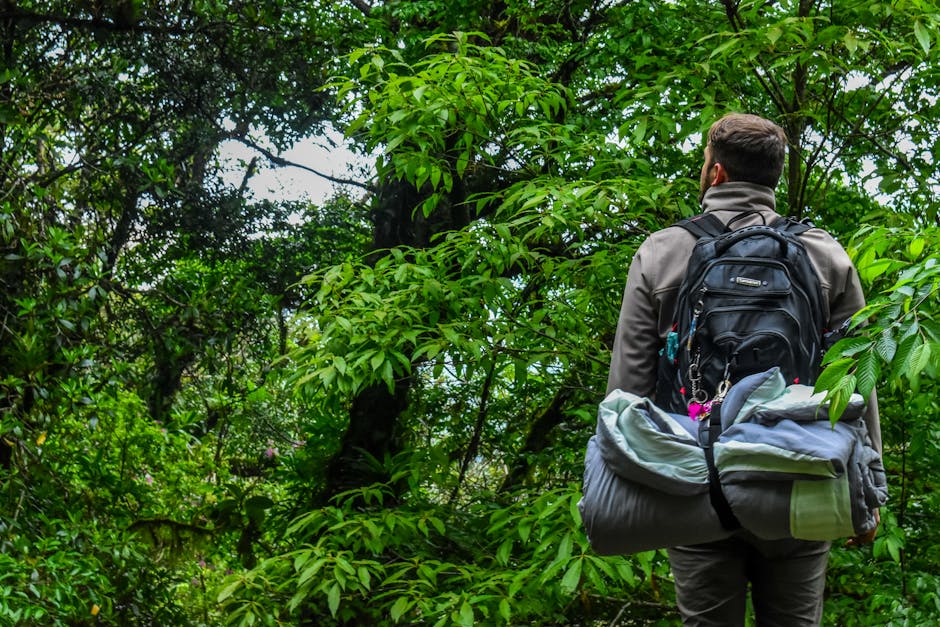The Art of Slow Travel: Embracing the Journey, Not Just the Destination
Travel has often been viewed through the lens of destinations. We’re conditioned to think of travel as a means to get somewhere, to tick off boxes, capture Instagram-worthy moments, and hurry back to share tales of far-off places. But what if we slowed down? What if we allowed It's less about cramming itineraries and more about soaking in experiences.
What Does Slow Travel Really Mean?

Slow travel doesn’t necessarily mean walking everywhere or refusing modern transportation. It’s more about intentionality. It’s choosing depth over breadth, opting to spend an extra day wandering a small village instead of rushing to see three major cities in one weekend. Imagine staying in a family-run inn where breakfast comes with stories about local traditions, rather than a generic hotel chain where your stay is just another transaction.
Think of it this way: when you’re at a museum, do you breeze through every exhibit just to say you’ve seen them all, or do you linger at one that moves you? Slow travel applies that same principle to exploring new places. It’s the difference between being a tourist and becoming a temporary resident.
The Perks of Taking It Slow
One immediate benefit of slow travel is reduced stress. Instead of racing for the next train or anxiously checking your schedule, you give yourself permission to relax into the rhythm of your surroundings. And let’s be honest, isn’t one of the reasons for traveling to escape stress in the first place?
Another advantage lies in connection, not just with the place but with its people. When you take time to engage with locals, whether it’s sharing a meal, participating in a community event, or simply chatting at a market, you gain insights that guidebooks can never offer. For example, rather than dining at the most-reviewed restaurant on Yelp, why not ask your host where they go for dinner? Those hidden gems often come with unforgettable flavors and authentic hospitality.
There’s also an environmental aspect. By limiting constant movement (whether it’s flights or long car rides) you significantly cut down your carbon footprint. This aligns beautifully with today’s push for sustainable tourism practices. Many travelers are finding satisfaction in knowing their choices contribute to preserving the very places they admire.
Practical Tips for Slow Travel
If you’re new to this approach, shifting gears might feel unfamiliar at first. Start small by incorporating these tips:
- Choose Quality Over Quantity: Instead of planning trips packed with multiple destinations, focus on one region or even just one city.
- Stay Longer: Give yourself time to settle into a place. A week in Kyoto allows for leisurely exploration compared to trying to cram it into two days as part of a whirlwind Japan tour.
- Use Local Transport: Swap out taxis for buses or trains, these slower modes often reveal slices of everyday life you’d otherwise miss.
- Learn the Language Basics: Even if it’s just a few phrases like “hello,” “thank you,” or “how much,” these simple efforts often open doors and hearts.
- Prioritize Local Experiences: Skip tourist-heavy activities and instead opt for something unique, a pottery workshop in Portugal or fishing with locals in Vietnam.
A Real-Life Example
A friend once shared her experience traveling through Tuscany. She had initially planned to visit Rome, Florence, Venice, and Milan within ten days, an itinerary so ambitious it almost guaranteed exhaustion. Instead, she scrapped her plans and stayed in a small Tuscan village called Montepulciano for a full week. Her mornings were spent sipping espresso at the same café where locals greeted her like an old friend by midweek. Afternoons revolved around leisurely hikes through vineyards or chatting with winemakers about their craft. Not only did she leave feeling refreshed rather than drained, but she also gained a deep appreciation for Italian culture that no guidebook could have provided.
The Shift Toward Meaningful Travel
The notion of slow travel isn’t new; many cultures have long embraced this way of moving through life and space. Think of pilgrims who spend months walking trails such as the Camino de Santiago in Spain, not just as physical journeys but as opportunities for introspection and growth. What’s refreshing is seeing more modern travelers adopt this philosophy amidst an era dominated by speed and convenience.
This doesn’t mean slow travel is always easy. It requires patience and occasionally foregoing our obsession with efficiency. But therein lies its charm, it reminds us that some of life’s richest moments can’t be rushed.
So next time you plan an adventure, consider swapping the checklist mentality for something slower and more intentional. Let moments unfold naturally, like watching a sunset without worrying about what comes next on your itinerary!
This article was generated by AI